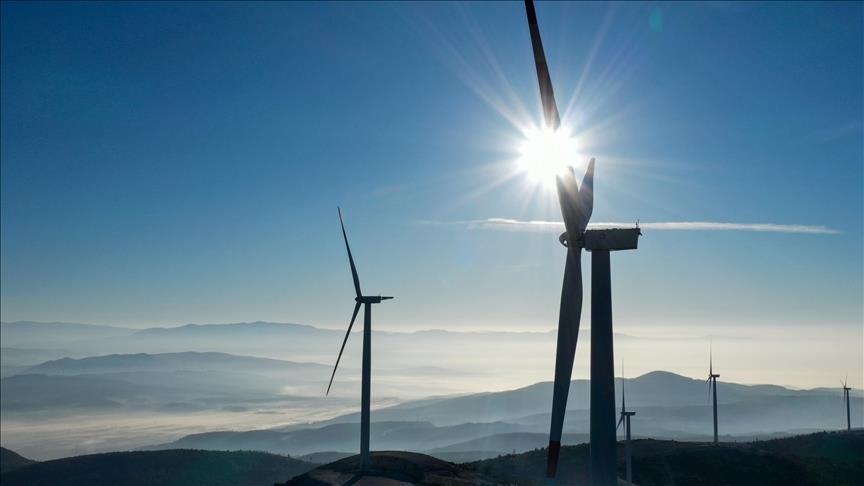The fastest growth rate of renewable electricity sources in the last two decades seen in 2020 with an annual growth rate of 45% to 280 gigawatts is set to become the new normal, according to the International Energy Agency's (IEA) latest report on Tuesday.
The additional renewable capacity last year is equal to the total installed capacity of ASEAN, a grouping of 10 dynamic South-East Asian economies, the Renewable Energy Market Update - Outlook for 2021 and 2022 found.
The IEA revised its forecasts upwards by more than 25% from its previous estimates in November 2020. The more optimistic forecast comes as governments around the world have auctioned record levels of renewable capacity and companies have signed record-level power purchase agreements despite uncertainties in macroeconomics, and falling energy demand due to the COVID-19 pandemic.
Solar capacity additions increased by 135 GW in 2020 showing a 23% rise compared to 2019, the IEA data showed. Total solar power capacity worldwide reached 737 GW with last year’s growth.
Global wind power jumped by 90%, or 114 GW, in 2020 compared to the previous year bringing the total installed wind capacity in the world to 737 GW.
The remaining 31 GW of capacity additions came from hydro, geothermal, bioenergy and other resources.
The total global renewable capacity reached 2,970 GW with last year's record increase.
- Renewables account for 90% of power sector expansion in 2020
'Last year, the increase in renewable capacity accounted for 90% of the entire global power sector’s expansion,' Fatih Birol, the executive director of the IEA, was quoted as saying.
He stressed that governments need to build on the promising momentum through policies that encourage greater investment in solar and wind, the additional grid infrastructure they will require, and other key renewable technologies like hydropower, bioenergy and geothermal.
'Wind and solar power are giving us more reasons to be optimistic about our climate goals as they break record after record,' Birol said.
China's share in renewable power growth rose to 50% for the first time in 2020 due to a rush to complete projects before government subsidies were phased out, the IEA said.
China's share in renewable capacity increases in the past several years reached about 40%.
The IEA expects a slowdown in renewable capacity additions in China in the first quarter of 2021 compared to the same period last year as wind and solar subsidies phased out at the end of 2020.
The country is expected to announce a new structure of incentives schemes towards the end of this year.
'Shifting power generation to renewable resources is a key pillar of global efforts to reach carbon neutrality,' the IEA said while warning that CO2 emissions are set to rise this year because of a parallel rise in coal use, underscoring the major policy changes and investments in clean energy needed to meet climate goals.
The IEA announced that global CO2 emissions fell by a record level of around 6% in 2020 with a reduction in global energy demand and fossil use due to lockdowns to prevent the spread of the global pandemic.
However, the data showed that emissions started to rebound in December 2020 when the global economy started to recover.
- Renewables growth to continue
Last year's record increase in global renewable capacity is set to become the 'new normal' with 270 GW and 280 GW expected additions this year and in 2022, respectively, the IEA said.
The growth in Europe and the US will be brisker during this period compensating for China’s forecasted slowdown in renewables expansion.
Global solar power capacity is expected to increase by 145 GW this year and 162 GW in 2022, accounting for almost over 55% of all renewable energy expansions during this time.
The jump in solar power capacity will also be almost 50% higher than the pre-pandemic level achieved in 2019.
Although there is an expected slowdown in global wind capacity growth compared to last year's 90% increase, the additional wind capacity will still be 50% higher than the 2017-2019 average, the IEA said.
'A massive expansion of clean electricity is essential to giving the world a chance of achieving its net-zero goals,' Birol highlighted.
By Nuran Erkul Kaya and Gulsen Cagatay
Anadolu Agency
energy@aa.com.tr


